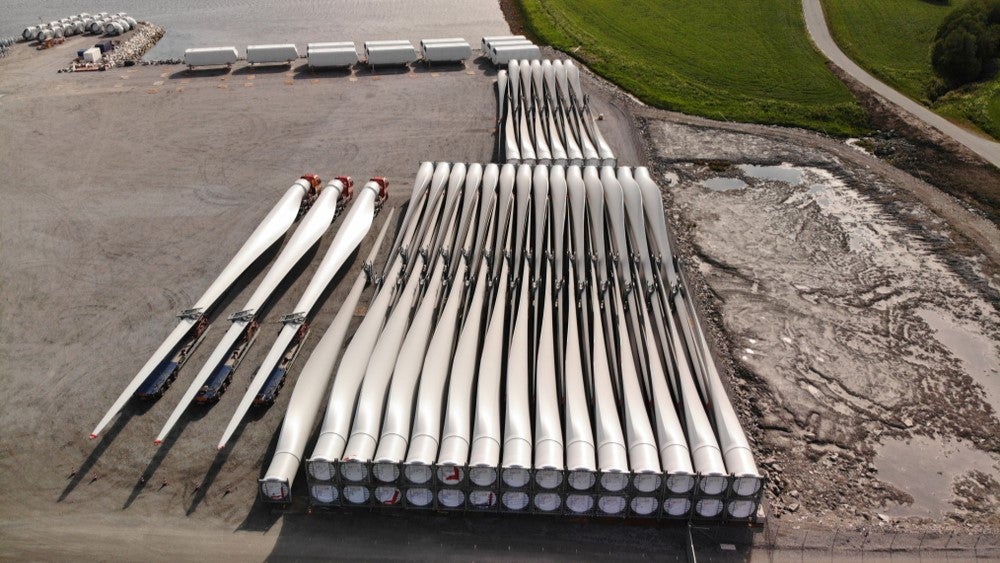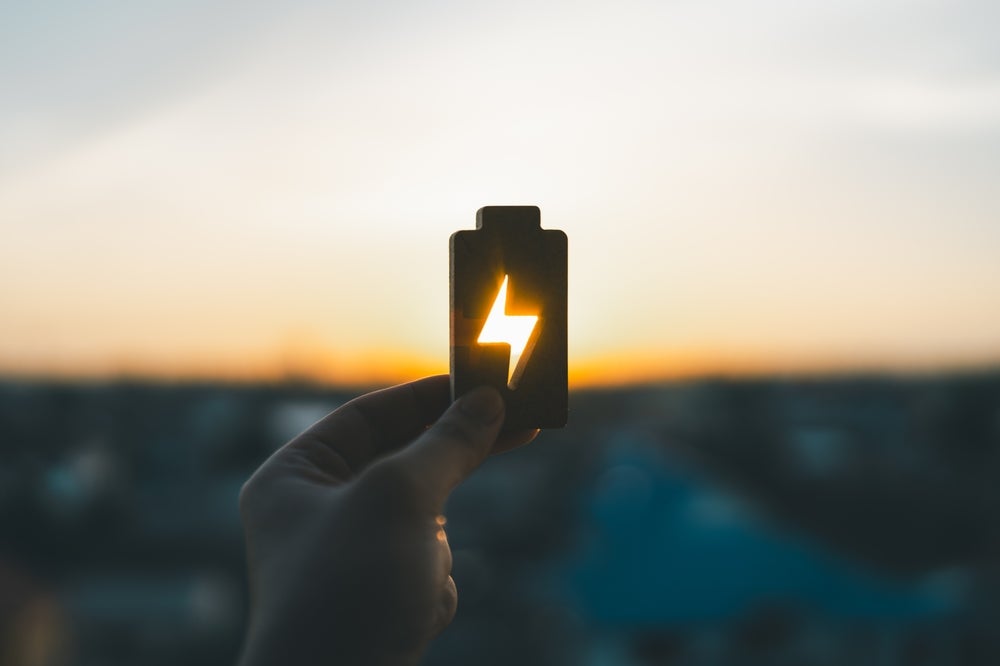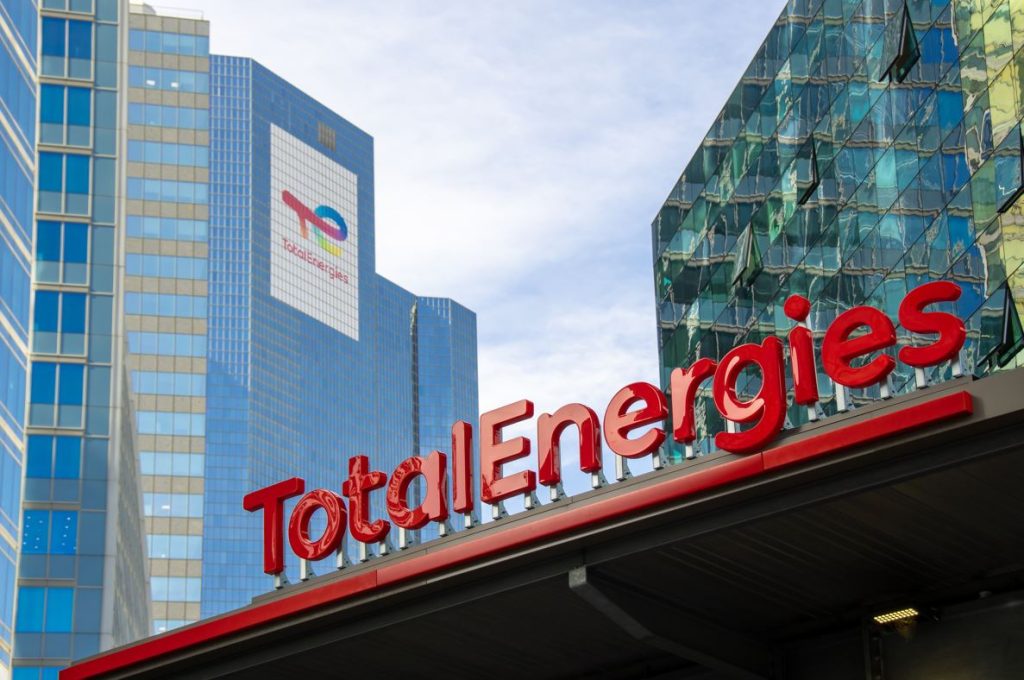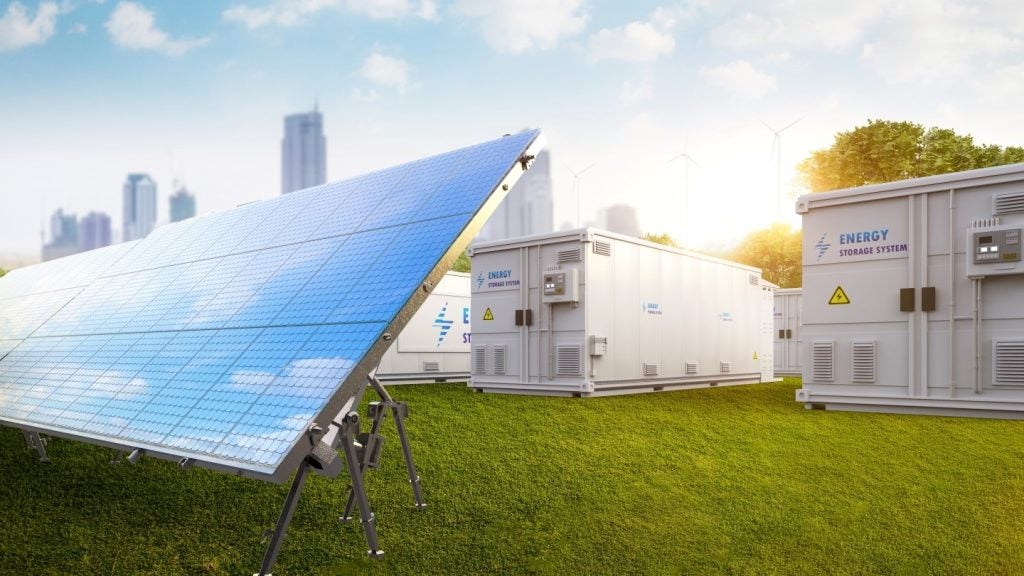
Energy storage has taken off since the millennium. In 2000, the European Patent Office (EPO) had registered 1,029 unique invention patents filed at two or more offices worldwide, a measure known as international patent families (IPFs). In 2018, the number of IPFs had risen to 7,153, almost seven times more within two decades.
Between 2005 and 2018, the number of battery-related patents grew faster than other types of patents, by an average of 14%, year after year.
The EPO administers patents across most European countries, both in and out of the EU. In concert with the International Energy Agency (IEA), it looked at innovation in batteries for consumer electronics, electric vehicles, and utility-scale energy storage.

A spokesperson for the EPO told us: “Although 91% of stationary energy storage is achieved by pumped hydropower nowadays , we expect a significant growth in innovation in stationary battery technologies.
“Given that the requirements for stationary storage are set to become more diverse and more demanding as the share of variable renewable electricity rises, we expect innovation in batteries will need to rise further, in parallel with innovations in non-battery stationary electricity storage, especially for longer duration storage.”
How well do you really know your competitors?
Access the most comprehensive Company Profiles on the market, powered by GlobalData. Save hours of research. Gain competitive edge.

Thank you!
Your download email will arrive shortly
Not ready to buy yet? Download a free sample
We are confident about the unique quality of our Company Profiles. However, we want you to make the most beneficial decision for your business, so we offer a free sample that you can download by submitting the below form
By GlobalDataInnovations in any one of these can benefit all markets. As an example, patenting activity in the manufacturing and engineering of battery cells has grown to three times its size in the past decade. In 2018, half of all battery-related IPFs concerned manufacturing and engineering.
The EPO/IEA report points to downward price trends as proof of synergy between different applications. It continues: “For example, the Tesla Roadster, the first highway legal serial production all-electric car to use lithium-ion battery cells, was launched in 2008.
“In the following 10 years, improvements to battery packs catering for the wide range of all-electric cars and plug-in hybrid cars on the market have had positive spill-over effects on stationary applications, many of which can reuse modified vehicle batteries once they have reached the end of their useful lives within vehicles.”
The overwhelming majority of battery patents have come from electric vehicle battery technology. Patents concerning batteries for electric vehicles overtook those for consumer electronics in 2011. Since then, growth has generally accelerated. Batteries for “stationary applications”, those designed for utility and domestic use, have risen much more slowly.
What consumer and vehicular batteries can mean for utility operators
Lithium-ion batteries in consumer electronics have become 90% cheaper since 1995 and electric vehicles have seen a similar fall since 2010. However, stationary batteries saw a smaller fall, of two-thirds, in the last decade.
An EPO spokesperson tells us: “So far, the boom in batteries has been driven by lithium-ion [cells], which can indeed generate spill-overs for stationary applications (see for example Tesla powerwalls). However, Li-ion is not the only, and possibly not the best, technology option for stationary storage.
“In particular, redox-flow batteries are an important technology in this context. It is important to keep in mind that the requirements for energy storage for vehicles are quite different from those for stationary applications. For vehicles, high-energy density is key, while stationary applications mainly require low costs and scalability.
“In this sense, stationary battery innovation can benefit from innovation in the field of batteries for automotive because technology that becomes less attractive for electric vehicles can be deployed at a lower cost for stationary applications on the grid. Therefore, we expect that also in the future, battery innovation initially focused on mobility applications will then at a later stage be beneficial also for stationary applications.”
“It seems likely that electric vehicle batteries will be used extensively for stationary storage”
The supply chains developed for car battery production can also benefit stationary applications. As the report states: “In China, LFP batteries were used for the majority of grid-scale installations in 2019 because the Chinese Government had tightened energy density requirements for electric vehicle batteries. The resulting manufacturing overcapacity in this relatively lower-density technology was redirected towards grid-scale applications.”
Battery management systems and sensors for reading energy levels have also benefitted from innovation in electric vehicles. As manufacturers of electric vehicles move toward integrated energy storage, preservation of batteries will become essential to energy management systems. Innovations in current, temperature, and load management seem likely to seep into utility battery storage.
The report suggests that 86% of battery IPFs applying to stationary applications also apply to electric vehicles. While many of these may only have incidental applications for stationary storage, the rise of electric vehicles will doubtless lead to further innovations for utility-scale operators.
The EPO continues: “It seems likely that electric vehicle batteries will be used extensively for stationary storage, either at the end of their life or simply because they will be manufactured at higher volumes. Knowledge [innovation] spill-overs, on the other hand, might arise from such innovations as reduced reliance on volatile critical mineral supply chains and durable chemistries for fast charge/discharge.”
Annual demand for all batteries stood at 200GWh in 2019, with three-quarters of this going toward electric vehicles. By 2040, the IEA expects battery demand to increase to 10TWh, but with utility-scale electricity storage representing a much larger share of the market. Battery storage throughput capacity is predicted to rise from 6GW in 2019 to 55GW in 2040. As development spurs innovation, this suggests that the “golden age” of utility-scale battery storage could be yet to come.
Will Japan always be the home of battery innovation?
By some distance, Japanese companies stand out as world-leaders for battery development. Second place Korea creates just over half the number of IPFs that Japan creates.
The top 10 companies creating the most battery-related IPFs includes seven Japanese companies, LG and Samsung from Korea, and Bosch from Germany. All the companies involved operate worldwide, with research and development teams in several countries. But the presence of Panasonic, Toyota, Hitachi, Sony, NEC, Nissan, and Toshiba makes Japan a hotspot for battery IPF invention.

The EPO told us: “Battery deployments in these two countries [Japan and Korea] is strongly related to the energy policies adopted by the two countries. Nowadays, we recognise that while the Republic of Korea has a similar electric car market to Japan, it is a leader in stationary batteries for utility-scale power grid services and behind-the-meter applications in buildings.
“Battery deployment in Korea has been supported by tariff designs that aimed to shift peak demand in the industrial and commercial sectors – charging during low-load hours and discharging during peak hours benefitted from price discounts and premiums compared with the prevailing retail prices. These policy measures reflect the mix of energy sources on the Korean grid and the specificities of reducing emissions in this country, which relies on fossil fuel imports for a significant share of energy needs.”
Despite the number of Japanese car companies making these innovations, the country’s global share of electric cars remains low. Japan accounts for just 2% of global electric car sales, while China accounts for 50%. As such, growing Chinese companies may surge toward electric vehicle innovation in future, while Korea seems set to overtake Japan.
Despite their economic might, companies from the US and China fall outside the top 10. Japan’s dominance only falters in the smaller field of mechanical energy storage, where European inventors hold the most patents followed by the US. European inventors also have a strong stake in thermal energy storage, where their share of patents is only slightly smaller than Japan’s.
While Chinese companies lie outside the top 10, the country’s share of electric car sales is reflected in the country’s battery patenting, which mostly covers electric vehicle designs. Korea has a similarly advanced electric vehicle market, but its research has mostly advanced stationary power storage and behind-the-meter applications.








